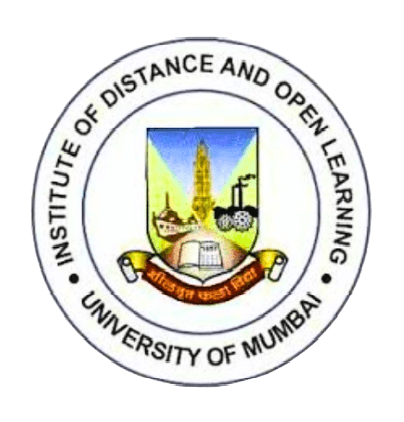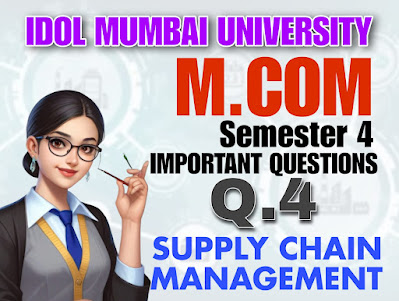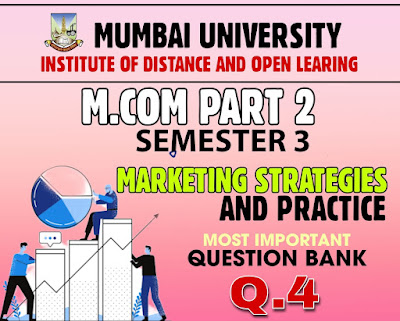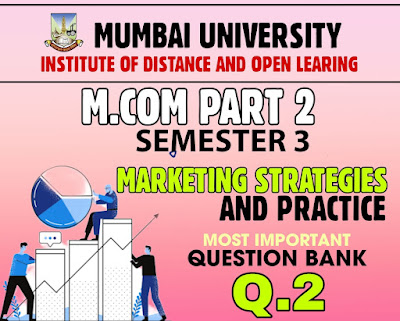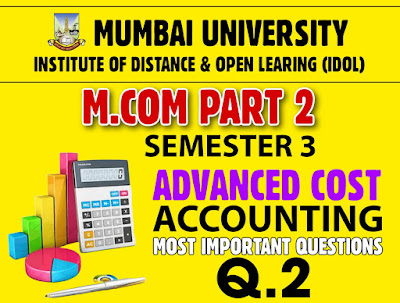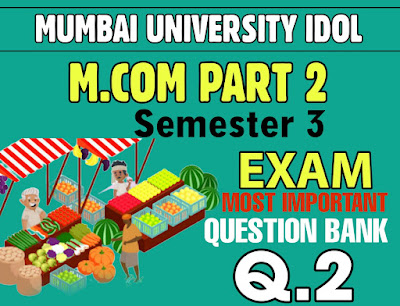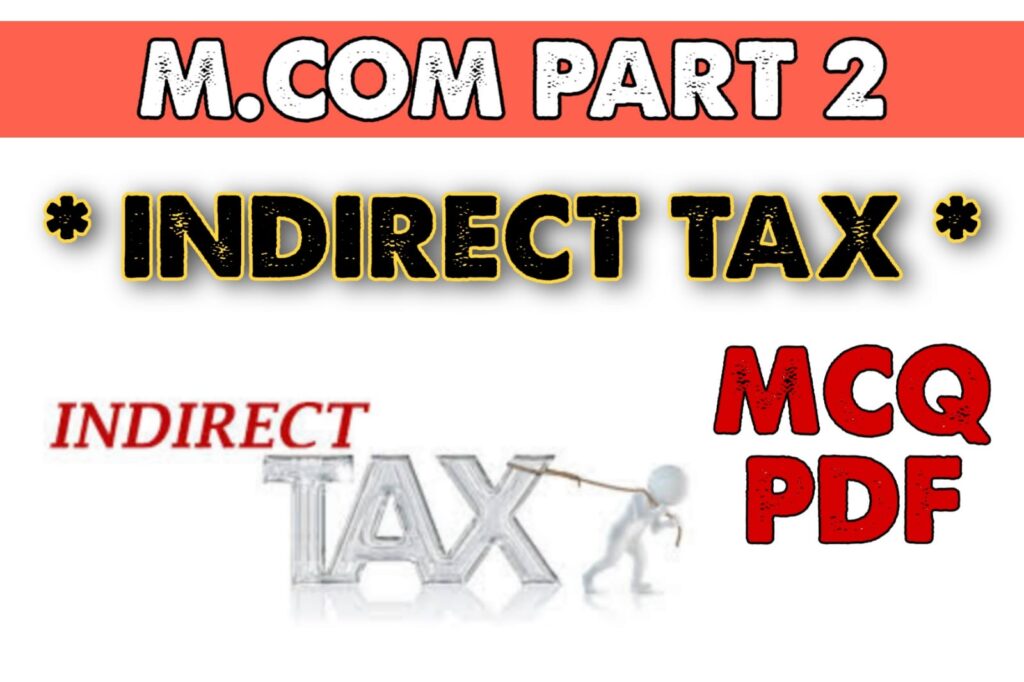idol mumbai university M.com Semester 4 business management supply chain management Important
M.COM SEMESTER – IV (CBCS) BUSINESS STUDIES (MANAGEMENT) SUPPLY CHAIN MANAGEMENT LOGISTICS Q.10 Write a brief note on forms of supply chain networks. ANS: Supply chain networks exhibit various models that aid in understanding the various optimization methods used for studying uncertainty and scenario modelling. As shown below, there are six distinct supply chain network models. 1. Producer Storage with Direct Shipping: In this model, goods are transported directly from the manufacturer’s starting point to the end customer’s destination point, bypassing the retailer. The retailer accepts the order and initiates the delivery request. This is also known as drop-shipping because the product is delivered directly from the manufacturer’s location to the customer’s location. 2. Producer storage with direct shipping and in-transit merge (crossdocking): It is like pure drop-shipping or moving, but the difference is that pieces of the order come from various locations and are merged into one so that the customer receives a single delivery. 3. Distributor storage with package carrier delivery: When inventory is not owned by the manufacturers at the plants, but rather by merchants/retailers in intermediate warehouses, package carriers are used to ship goods from the intermediate location to the final customer. 4. Distributor storage with last-mile delivery: When a merchant/retailer delivers the goods ordered by the customer to the customer’s home rather than using a package carrier, this type occurs. 5. Producer or distributor storage with customer pickup: The inventory is stored at the manufacturer’s or producer’s warehouse, but customers place their orders online or by phone and then come to pick-up points designated for collecting their orders. 6. Retail Storage with Customer Pickup: This is mostly used when inventory is kept locally at retail stores; customers walk into the store or order something online or over the phone and pick it up at the store. Customers’ preferences are used to make distribution system decisions. This, in turn, affects the demand for the product or products as well as the cost of the distribution arrangement. If you want exam most important question bank pdf then you have to pay per subject 100/- rupees only . Contact 8652719712 / 8779537141 Telegram Group Mumbai Univeersity :- https://t.me/mumbaiuniversityidol Suraj Patel Education :- https://t.me/surajpateleducation F.Y.J.C EXAM :- https://t.me/FYJCexam S.Y.J.C EXAM :- https://t.me/SYJCexam F.Y EXAM :- https://t.me/fyexam S.Y EXAM :- https://t.me/syexam T.Y EXAM :- https://t.me/tyexam M.Com Part 1 EXAM :- https://t.me/McomPart1Exam M.Com Part 2 EXAM :- https://t.me/McomPart2Exam M.A EXAM :- https://t.me/mastudentsexam YouTube Channel https://www.youtube.com/channel/UCv8JIY58xfWHUIXVu9wxNHw supply chain management logistics m.com sem 4 question paper supply chain management logistics m.com sem 4 question with answer m.com semester 4 subjects of supply chain management logistics m.com semester 4 mumbai university supply chain management logistics important question IDOL mumbai university m.com semester 4 supply chain management logistics important question IDOL mumbai university supply chain management logistics important question business management supply chain management m.com sem 4 question paper M.com Semester 4 business management supply chain management Important idol mumbai university M.com Semester 4 business management supply chain management Important business management M.com supply chain management Important question supply chain management mcq questions and answers pdf downloa SUPPLY CHAIN MANAGEMENT AND LOGISTICS M.COM Business Management Supply Chain Management Mcom Master Of Commerce Semester 4 Question Papers M.Com. Semester Pattern Study Material
